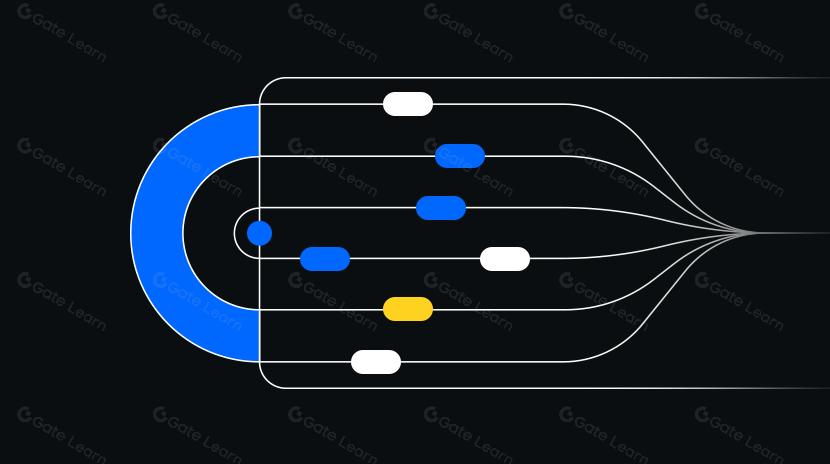consolidation trading

Consolidation trading refers to a period in the cryptocurrency market where prices fluctuate within a relatively narrow range, showing neither a significant upward nor downward trend. This typically occurs when market participants reach a relative consensus on the asset's value, and buying and selling forces are essentially balanced. During consolidation periods, trading volume often decreases, price fluctuations narrow, forming what is known as a "sideways market." For traders, consolidation periods represent both a time for rest and adjustment, and a phase where energy accumulates for the next trend movement.
What are the key features of consolidation trading?
Consolidation trading has several distinctive characteristics:
- Clear price range: Cryptocurrency prices typically oscillate between identifiable support and resistance levels
- Reduced trading volume: Trading activity notably decreases compared to periods of sharp rises or falls
- Neutral technical indicators: Relative Strength Index (RSI) fluctuates in the middle area, showing no clear overbought or oversold signals
- Decreased volatility: Price movement amplitudes narrow, with daily or weekly ranges diminishing
- Flattened trend lines: Moving averages tend to become horizontal, no longer displaying obvious upward or downward angles
- Increased false breakout signals: During consolidation periods, the market may experience multiple false breakouts, triggering stop losses
Consolidation can last for days, weeks, or even months until a sufficiently strong catalyst emerges to trigger a new trend. Many experienced traders reduce their trading frequency or completely avoid the market during consolidation periods, waiting for clearer directional signals to appear.
What is the market impact of consolidation trading?
Consolidation trading affects the market in multiple ways:
- Reduced liquidity: Due to decreased trading activity, market liquidity often drops, potentially leading to increased slippage
- Volatility compression: The low volatility during consolidation periods may accumulate energy for future significant fluctuations, forming what's known as a "volatility compression-release" cycle
- Sentiment adjustment: The market recovers balance from extreme optimism or pessimism, with investors reassessing fundamentals
- Institutional accumulation: Large institutions may quietly accumulate or distribute positions during consolidation periods, preparing for the next market phase
- Trading strategy shifts: Trend-following strategies become less effective during this period, while range-bound trading strategies may be more successful
For long-term investors, consolidation periods can be good opportunities to establish or increase positions, especially when they believe in the asset's long-term upward trend. For traders, consolidation periods require strategy adjustments, possibly switching to breakout trading or range-bound trading patterns.
What are the risks and challenges of consolidation trading?
Trading in consolidation markets presents various risks:
- False breakout traps: Prices briefly break through support or resistance levels before returning to the range, creating misleading trading signals
- Overtrading risk: Traders might frequently enter and exit positions due to the lack of clear direction, increasing transaction costs
- Patience test: Prolonged consolidation can lead traders to make irrational decisions due to psychological fatigue
- Sudden eruptions: When consolidation ends, prices may move rapidly and significantly, catching traders off guard
- Identification difficulties: Distinguishing between short-term and long-term consolidation is challenging, potentially leading to incorrect strategy choices
- Position management challenges: Determining appropriate stop-loss levels becomes more difficult in low-volatility environments
Experienced traders typically maintain caution in consolidation markets, reducing position sizes or adding trading confirmation conditions, while closely monitoring potential catalysts that might break the consolidation, such as major news, regulatory changes, or market sentiment shifts.
Consolidation trading plays an important role in cryptocurrency market cycles. It represents the natural breathing rhythm of the market, a necessary transitional phase between upward and downward trends. For investors and traders, understanding and adapting to consolidation periods is crucial, not only to avoid unnecessary losses but also to prepare for potentially strong trends in the future. Although consolidation periods may seem unremarkable, they often nurture the next significant market move, so maintaining alertness and respect for this market state is a common trait among mature market participants.
Share
Related Articles

Exploring 8 Major DEX Aggregators: Engines Driving Efficiency and Liquidity in the Crypto Market

What Is Copy Trading And How To Use It?
